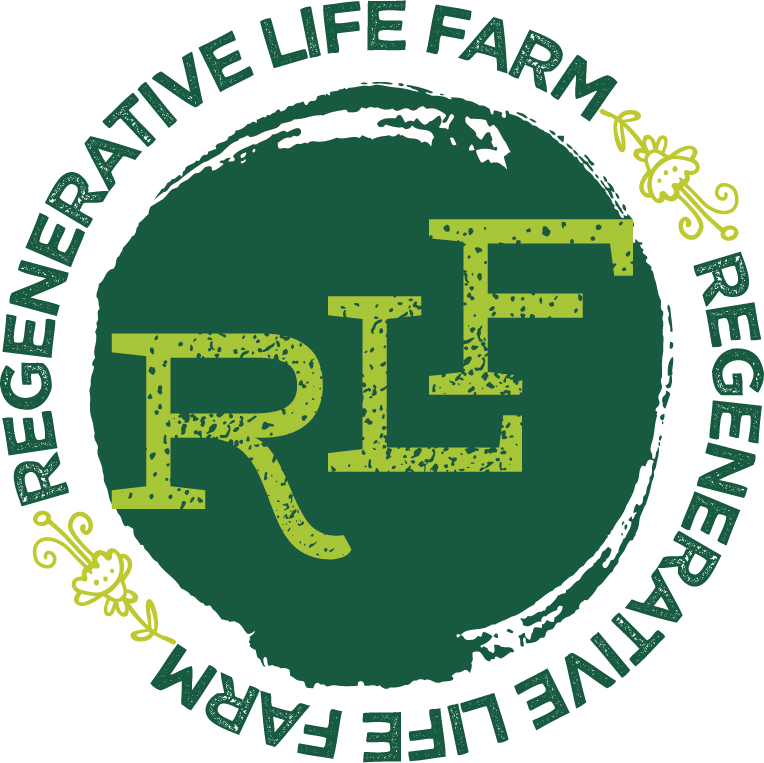The Value of Land
This appeared in the the September 17, 2020 edition of The Fish Wrap
The fundamental factor that makes land valuable is its ability to support life. Sun, Water and viable soil combine to produce all of the food for the planet. Valuable Soil has water-holding capacity to survive a flood or drought. It has high growing capacity without reliance on expensive inputs and produces more nutrient dense food. Some countries are even beginning to pay farmers who build organic matter from carbon credits that large corporations must purchase.
Good water holding capacity protects soil from both drought and flood. Weather patterns in the Midwest lately have been hard, fast rains followed by long periods of drought, and soil under conventional agriculture has a hard time keeping up. Increasing soil organic matter (SOM) slows down the water and gives it time to infiltrate. Each 1% increase in SOM helps soil hold 20,000 gallons more water per acre. Healthy soil can also absorb massive amounts of greenhouse gas emissions.
The UN has warned that soils around the world are heading for exhaustion, with an estimated 60 harvests left before they are too depleted to support human life. Our current path is a dead end. Throughout history, unchecked depletion of resources in the soil has resulted in ‘soil death’ and contributed to the downfall of civilizations like Mesopotamia, Rome and our own Cahokia.
Regenerative farming practices can leave behind a legacy of abundant life and healthy soil instead of dooming our future generations into a long downward spiral. We all need to take a bigger picture look at how our eating and farming is impacting our soils and planet as a whole. There is an infinite amount of practices and techniques in farming. To simply define regenerative agriculture, it is increasing organic matter. If you're losing organic matter, you are degenerating the soil and civilization.
